Julia Quiroz: My Evolving Perspective on Non-Profits

Before this fellowship experience, I had perceived non-profits to be organizations that had a “soft” business structure. Because nonprofits are dependent on outside entities for funding, I imagined them to be weak and delicate, as these entities extend beyond their controllable, interior faculties. As I grew more curious about the internal operations of the non-profit I am interning for, I began to ask my program supervisors questions about the functionality of the organization. I came to realize that it is because they are dependent on an outside source, the various legs to a nonprofit’s business structure must be of the utmost integrity to ensure consistent flow and development throughout the organization.
Just like any other business structure, a non-profit consists of a financial team, marketing team, operations team, strategy team, and more. As a finance major myself, I noticed details such as the treatment of donors as investors, the evaluation of expenses in tandem to a quarterly budget, and assessments of the ROI from each program event. Moreover, data is at the core of all major decisions, and serves as a guiding light to the direction of the organization. Learning how data-driven non-profit organizations truly are made me all the more excited to be working at the Hispanic Foundation of Silicon Valley. My past internship experiences had been heavily data focused and prepared me to bring new ideas to the table and tackle data projects at HFSV. All my skills became applicable; I have organized & formatted data, created visualizations, analyzed results, and provided valuable data insights.
Beyond the basic business structure, methods of practicing effective business relationships and leadership are also evident in non-profit organizations. It is important that the people leading the organization have tenacity and a certain level of personability— tenacity to fight for what is needed and just for the organization and personability to create influence and network with ease. At HFSV, I have observed such traits in board meetings, the HFSV Ball, program events, and simple daily email correspondence. From my perspective, these traits seem to come easy to my coworkers in the office. My hypothesis is that the traits making them excellent team members come effortlessly because they are moved and motivated by the individuals they are advocating for. They understand the tremendous value of the social impact they are creating. This is ultimately the fuel to any non-organization.
